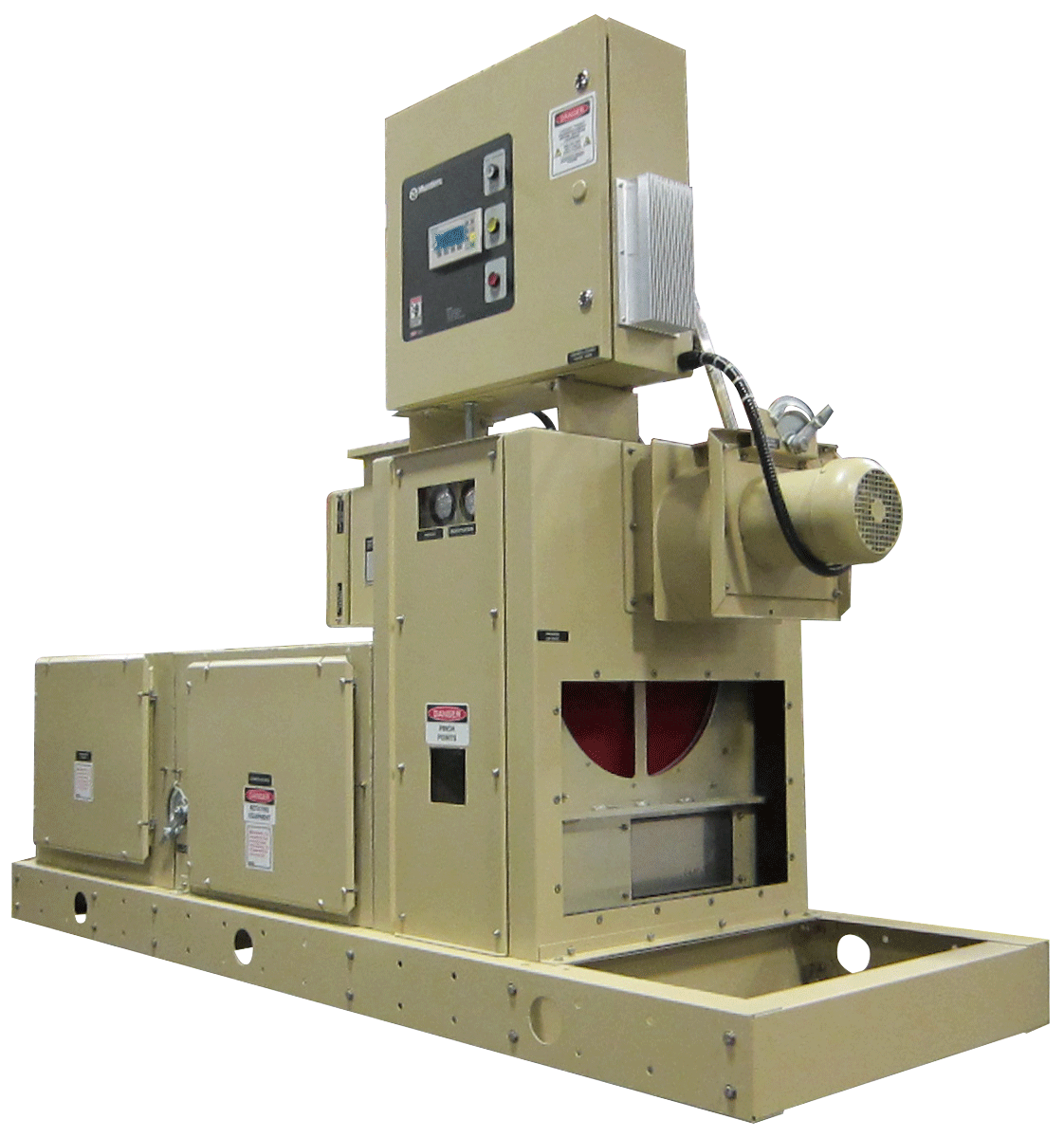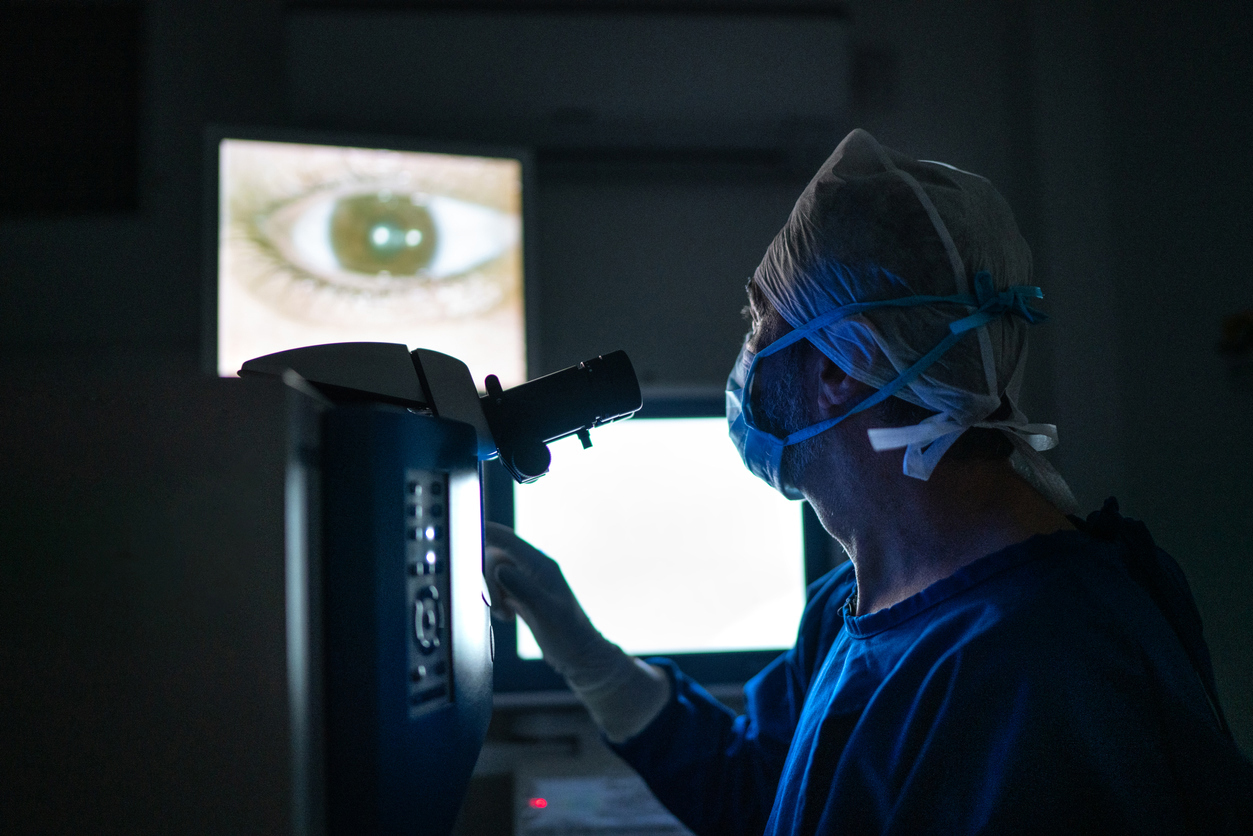Shortly after a new refractive (Lasik) surgery facility was opened, surgical procedures had to be abruptly suspended. The existing HVAC system in the operation room could not deliver the required temperature and humidity necessary to safely perform surgery. Precise temperature and humidity control are required to ensure equipment functions properly, and for the comfort and safety of patients and personnel.
Informações gerais
- Precise and consistent climate control
- Reliable and accurate medical equipment performance
- Increased staff and patient comfort
- Reduced risk of liability
Ideal conditions required for delicate surgery
The facility uses state-of-the-art equipment to preform corneal refractive (Lasik) surgery. Patients’ corneas are reshaped to allow them to reduce dependence on glasses or contact lenses. Studies have shown that successful refractive surgery demands exacting environments. This means no more than a +/- 0.5°C swing in temperature and a +/- 2% change in relative humidity (RH) over a ten-minute period. These variables could not be met and surgery could not be performed. The new surgical suite was temporarily shut down, and surgical procedures had to be performed offsite. The priority was to get the surgical facility up and running as soon as possible. Kroeschell Inc., a Chicago-based mechanical engineering firm, was chosen to evaluate and recommend a plan to fix the problem.
Ideal solution
According to Steve Cooper, PE of Kroeschell, an investigation determined that the existing chilled water coil temperature did not allow for air temperature discharge lower than 10°C. As a result, the space could not get below 50% RH, which was unacceptable since the required optimal conditions are 20-21°C, 40-45% RH. There was an existing supplemental fan coil installed above the room ceiling, but even this unit could not effectively lower the relative humidity to acceptable levels. “We concluded that mechanical dehumidification would be needed to achieve the temperature and humidity criteria requested,” said Mr. Cooper. “The original installed equipment did not include dehumidification. In addition, highly accurate sensing instruments would need to be included in the design.” Kroeschell, Inc. recommended a Munters desiccant dehumidifier as a solution, which incorporates Munters’ desiccant wheel (rotor) that is capable of collecting and releasing water six times every hour, 24/7. The unit also includes filtration, a supply fan, a reactivation heater and discharge fan. Fresh outdoor air comes into the dehumidification unit, which is set to maintain 43% RH discharge air humidity, and then enters the air handling unit serving the room. Room temperature and humidity sensors control the chilled water coil valve, electric duct heater and the humidifier to maintain design parameters. Air temperature and humidity sensors are incorporated into the programming logic of the existing direct digital control system. Though not ideal, the original air handler above the ceiling was left in place because its removal would create dust in the surgical room, which could cause problems with sensitive laser equipment already in the room. Constant volume boxes were added to assure positive room pressure. A successful project The project was a resounding success, with surgical procedures commencing immediately and continuing on schedule without interruption since the system started up. Medical personnel report that the system is maintaining humidity with a deviation of only +/- 0.6% RH most of the time – a tolerance they believe is virtually unprecedented in other Lasik surgery facilities throughout the country. “We’re very proud of the outcome of this high-profile project,” said Steve Cooper. “The Munters dehumidifier provided a straight-forward, affordable solution for a facility with extraordinary requirements. This tells us that the product has application possibilities wherever original chilled water design misses the mark in terms of latent load.”
Informações gerais
- Precise and consistent climate control
- Reliable and accurate medical equipment performance
- Increased staff and patient comfort
- Reduced risk of liability



